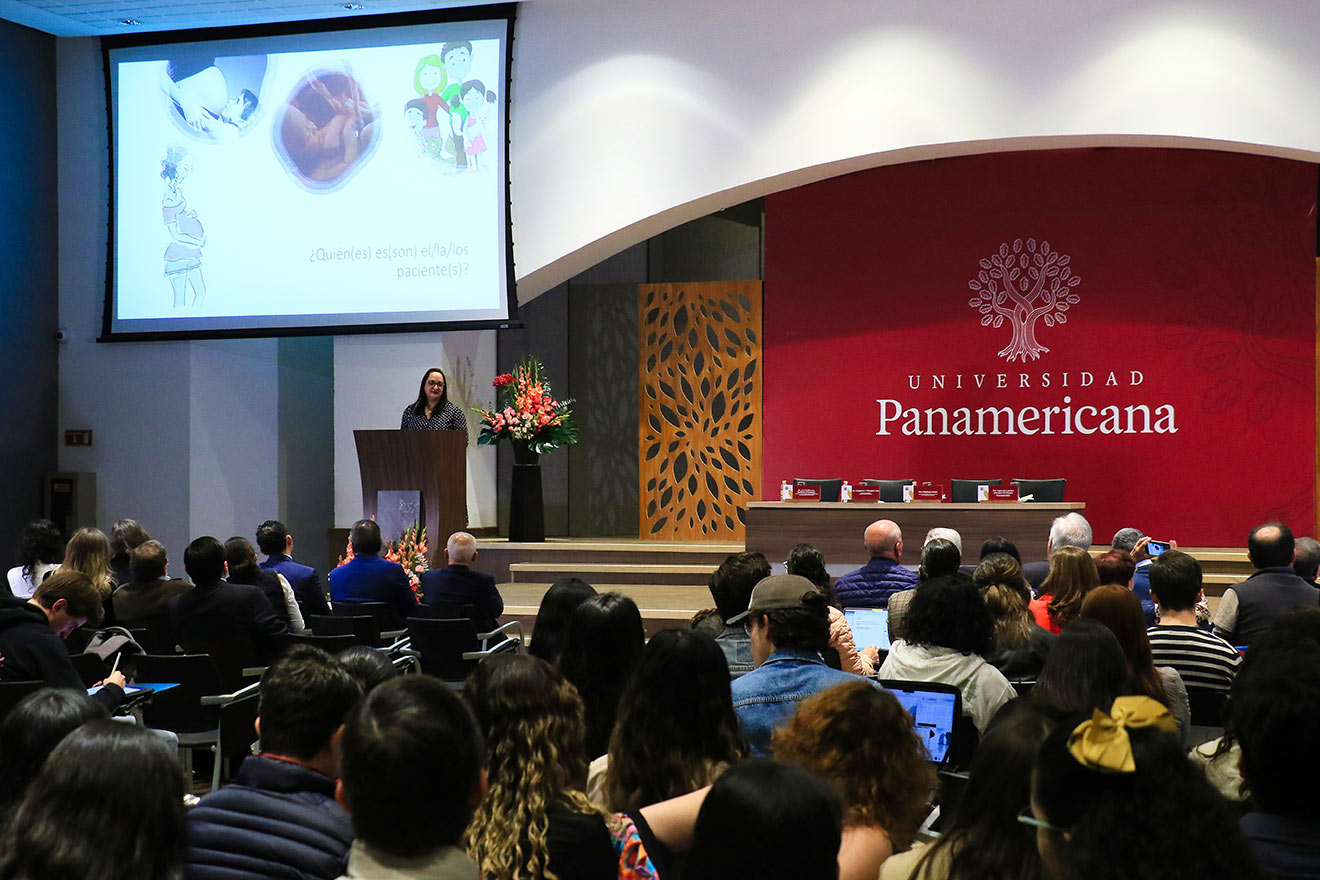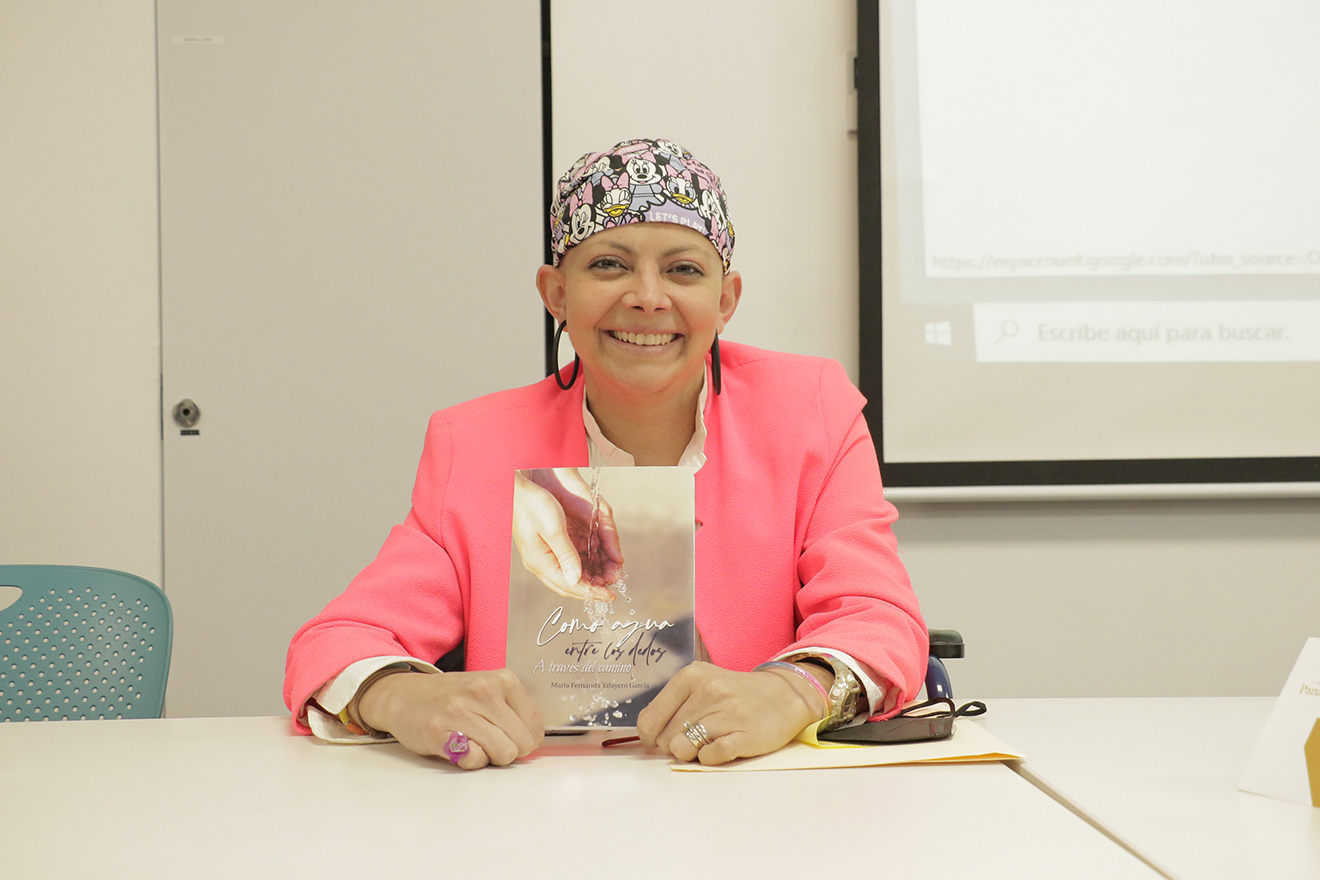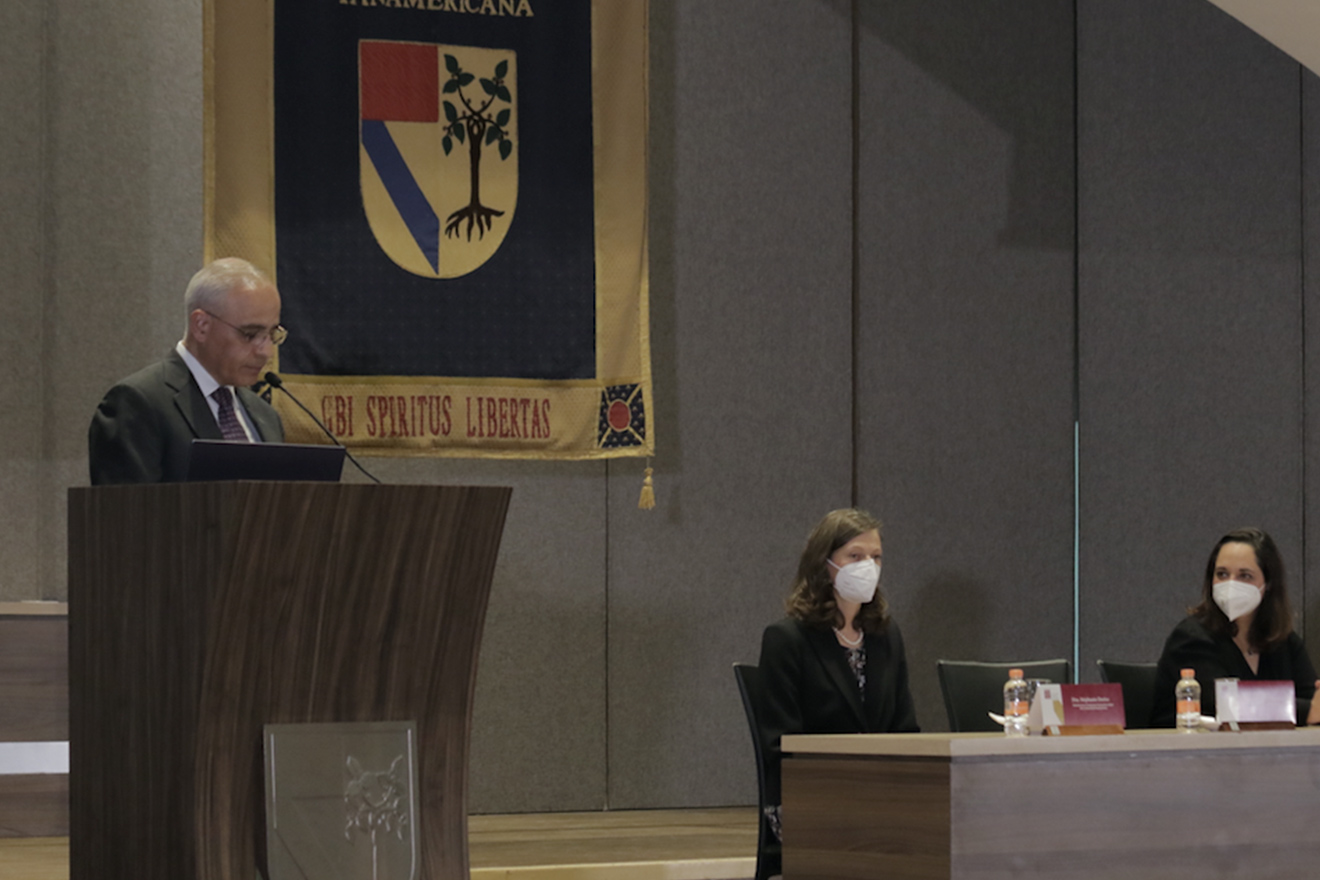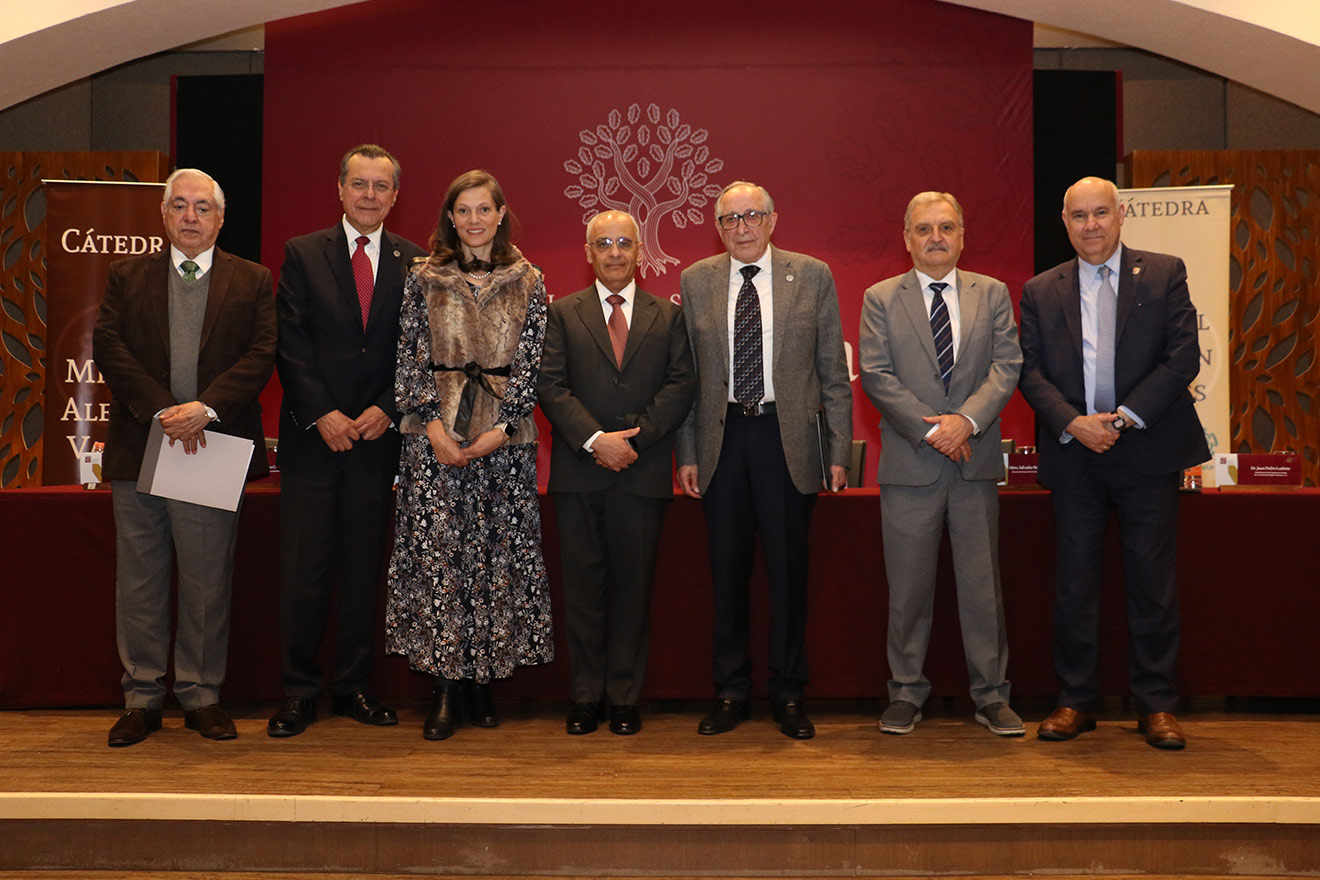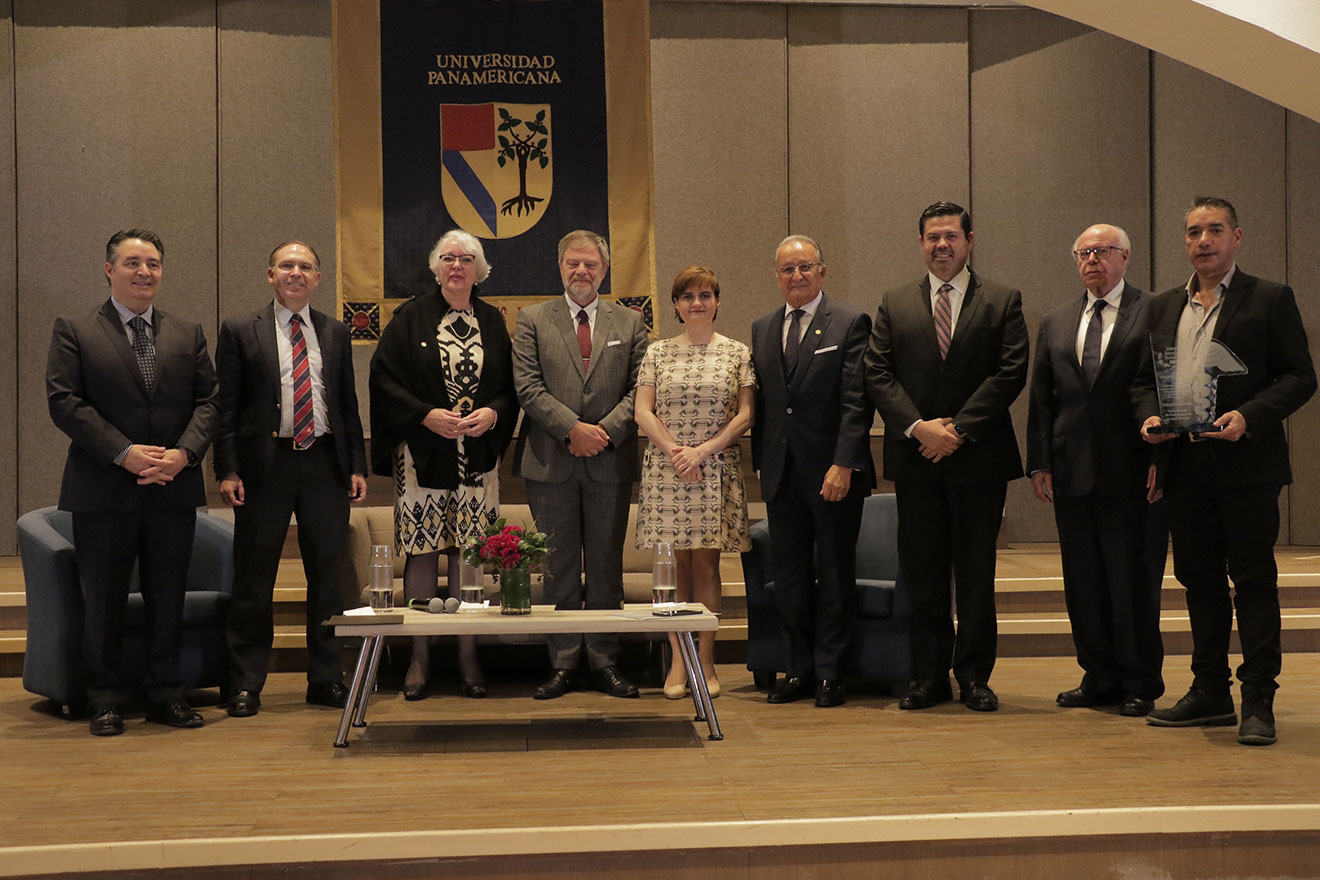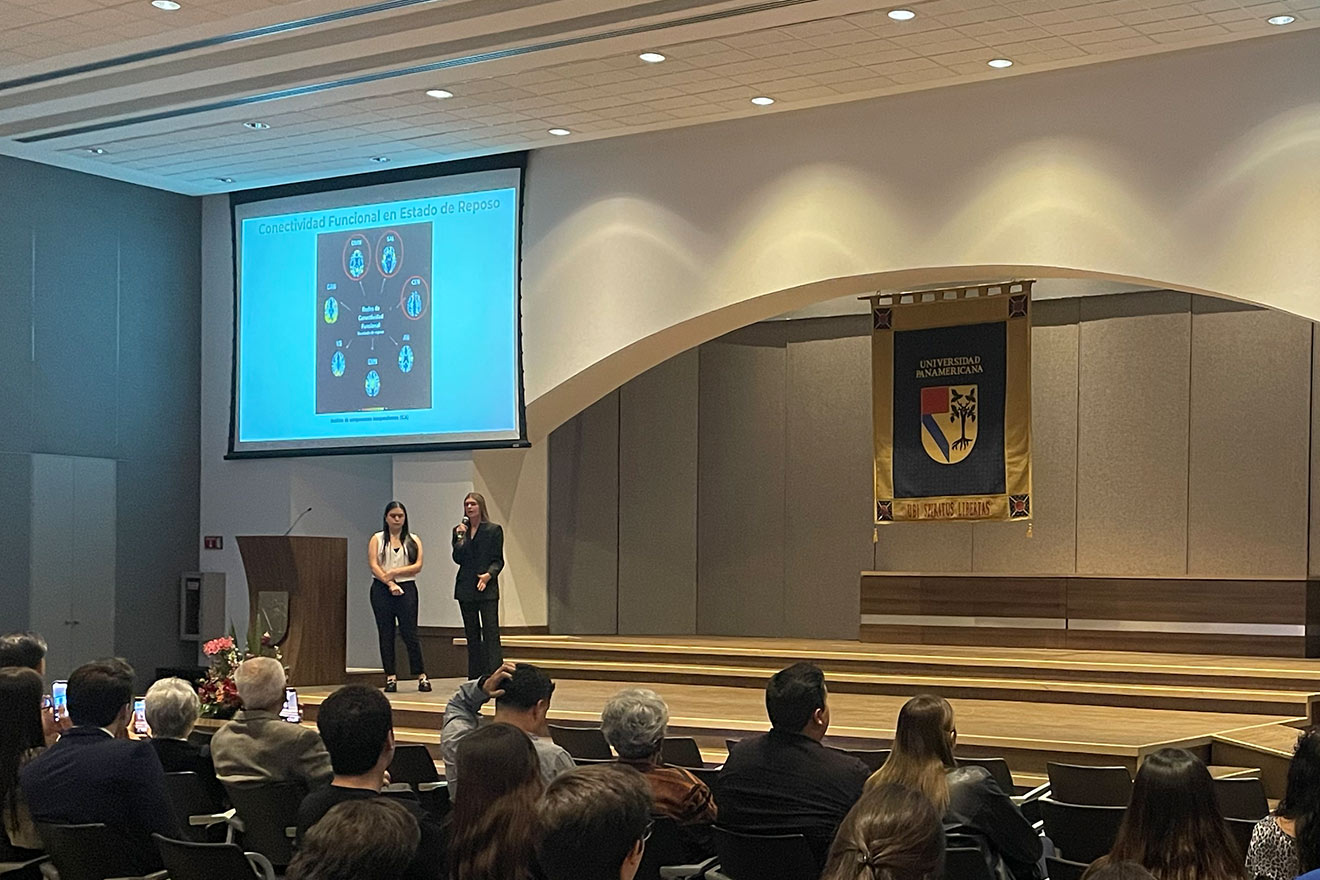Can virtual reality help reduce a patient's perception of pain?
In order to know the difference in pain reduction and response in their vital signs, experts from Universidad Panamericana conducted research that employs the use of virtual reality in medical procedures.
Led by Dr. José Luis Mosso Vázquez, research professor at the School of Medicine of the School of Health Sciences; this research was also supported by Dr. Gregorio Tomás Obrador Vera, physician, researcher and director of the same school; as well as Dr. Brenda Wiederhold, director of the Virtual Reality Medical Center of San Diego California.
This research consists of, without substituting local anesthesia, placing patients undergoing an outpatient procedure in a helmet made up of goggles and headphones, where they observe and listen to sounds of scenarios generated in virtual reality .
Similarly, the patient is given a control similar to that of a video game console so that they can move around in the environment; all to help reduce their anxiety levels. " Virtual reality is a complement, a plus to what already exists (to assist patients)," Dr. Mosso concludes.
Unexpected inspiration
Dr. Mosso's idea of resorting to virtual reality during various surgical procedures came about in 2004 thanks to Spider-Man. Specifically, because one day the doctor noticed that his 6-year-old son was so immersed in a virtual reality helmet game involving the character that he simply ignored joining the family dinner.
The doctor points out that coincidentally, with the same helmet he had acquired and the same set, Professor Skip Rizo of the University of Southeastern California also started with the same helmet.
"We realized it when he showed me a helmet similar to mine when he presented the first cases at a medical congress in California, (such a coincidence) filled us with joy because I used it for medicine and he used it for psychology on soldiers of the United States armed forces," explains the doctor.
But the arachnid superhero is not what the intervened patients can find when wearing the helmet, but natural scenarios virtually generated from relaxing environments (beaches, seas, forests, etc.) exclusive to be applied in medicine.
"It is not a video, but a scenario where patients can interact and move around by means of a control," the doctor points out.
Comparisons and results
The project, which began in 2004, has so far involved just over 700 patients, without comorbidities, of both sexes from some 15 specialties. Mainly the use of virtual reality has been observed in the following groups:
- Urban patients vs. patients from the Me' Phaa indigenous community in the mountains of the state of Guerrero.
Ambulatory surgeries were performed in both groups. A comparison was made between 40 urban patients with and 40 without virtual reality, plus 40 indigenous patients with and 40 without the resource.
"We have found, in general terms, a favorable response. There is a reduction in pain, in general surgery, of up to 24% with the use of virtual reality (in urban patients). While in indigenous patients this rises up to 40%," Dr. Mosso points out and indicates that the indigenous groups showed a higher pain threshold.
- Obstetrics
Virtual reality was used in 30 women during childbirth, and another 30 women who did not use virtual reality were also observed. It was in the cesarean sections where the best response was found, since it is specified that the mothers' joy at receiving their baby helps a lot.
- Pain clinic
The helmet was used in about 20 patients with chronic low back pain caused by hernias or spinal surgeries. In this group, pain reduction was found, but, due to the type of patients and procedures, efficacy was lower.
- Intensive therapy
This type of patient cannot move around much and because they must be isolated to avoid infection, they have little interaction with their family members. From this group, virtual reality was used in 46 critical patients who had undergone open heart surgery .
"We have observed an improvement in their mood," says Dr. Mosso, revealing that they have seen an improvement in their breathing and biological response compared to those who wear the helmet .
Although each group is influenced by gender, age, social group and the procedure undergone, in general the results so far obtained allow us to conclude that virtual reality helps to mitigate pain and anxiety. "Virtual reality in general terms has a very broad field in medicine," emphasizes the doctor.
And although the use of the virtual helmet had to be discontinued in the wake of the pandemic, the doctor and his team have developed new technology that does not put the patient at risk and corrects social distancing.
Researcher's data:
Dr. José Luis Mosso Vázquez
Research Professor, School of Medicine, Faculty of Health Sciences, Universidad Panamericana.
jmosso@up.edu.mx
Dr. Gregorio Tomás Obrador Vera
Researcher and director of the Faculty of Health Sciences at Universidad Panamericana.
gobrador@up.edu.mx
Dr. Brenda Wiederhold
Director of the Virtual Reality Medical Center of San Diego California.



